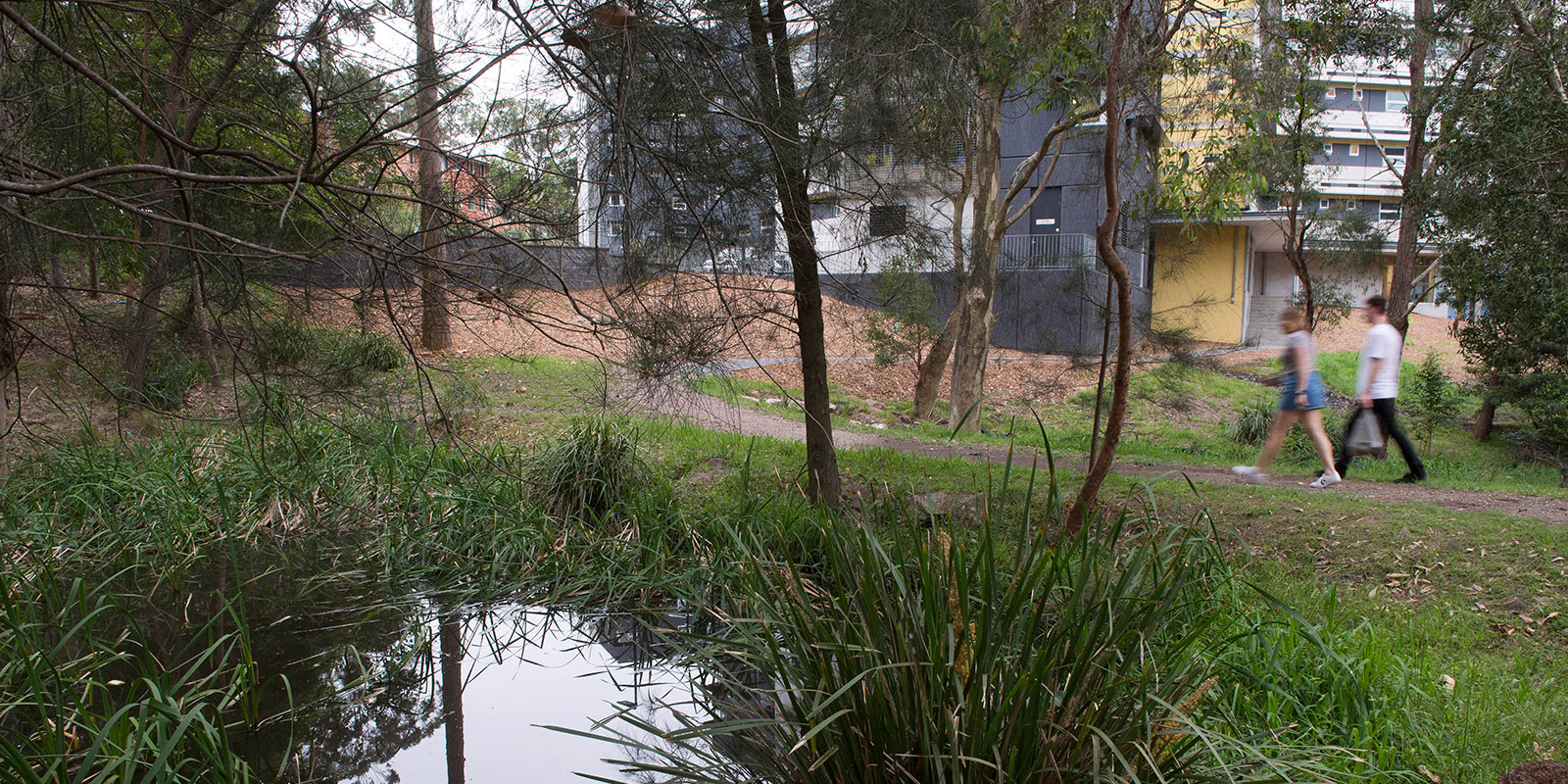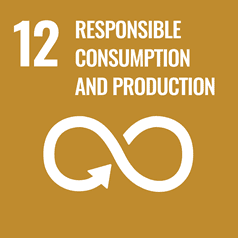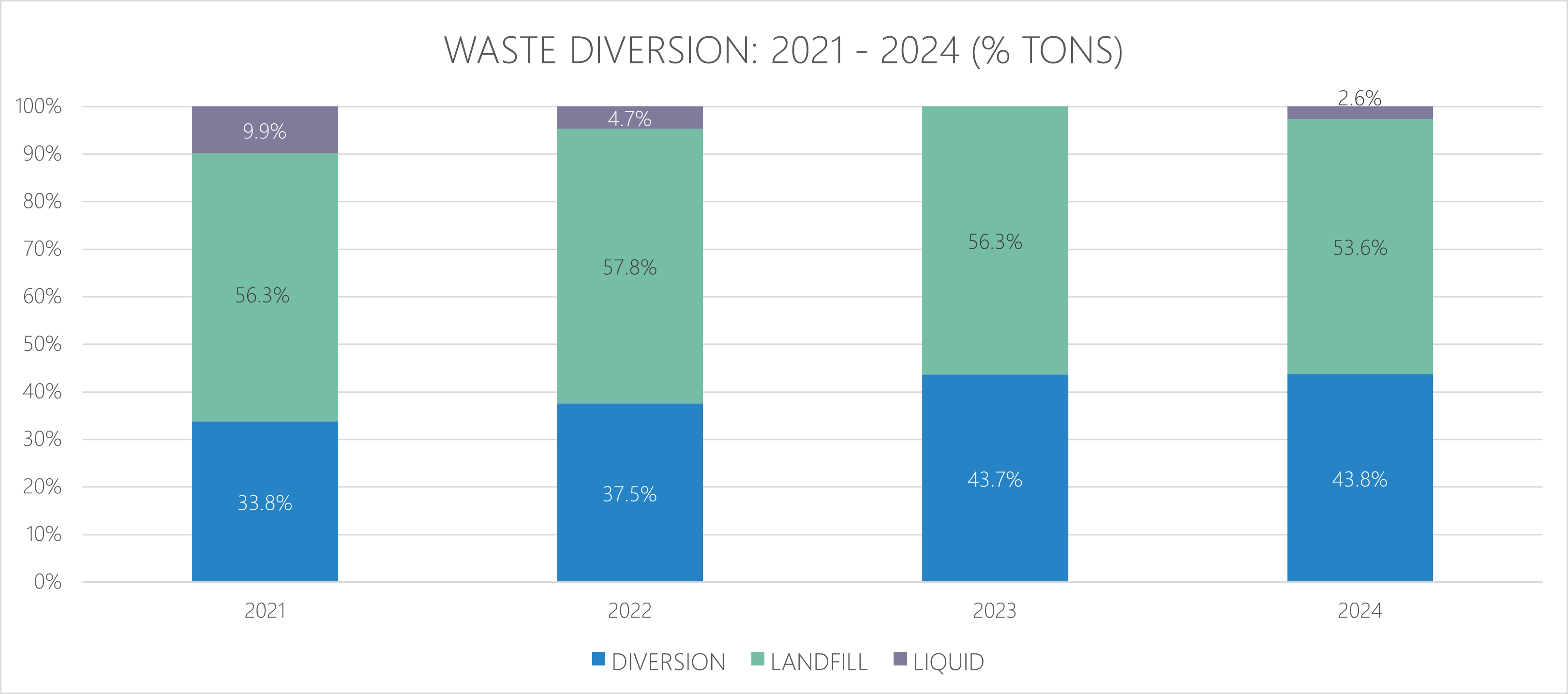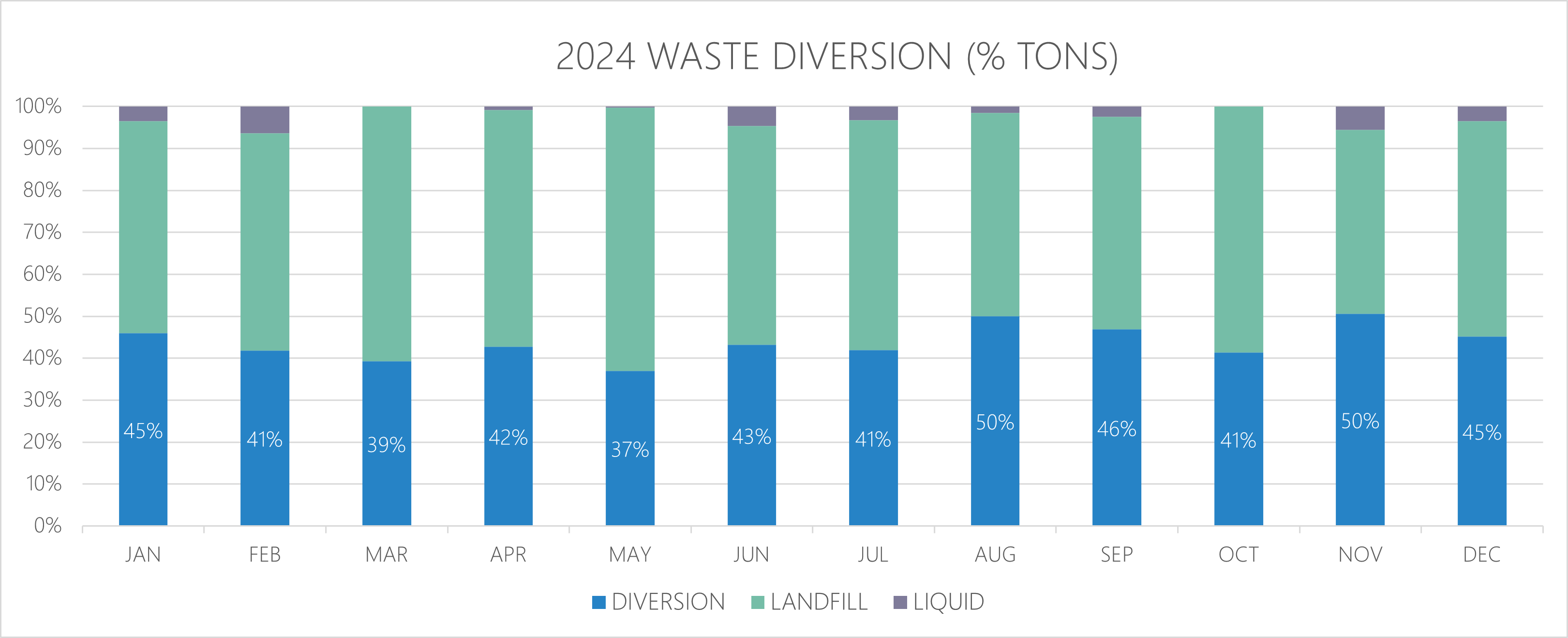

Goal 12:
Responsible Consumption and Production
Policy Waste Disposal: Landfill Policy
The University of Newcastle maintains a formal policy that covers waste disposal, recycling and measuring waste sent to landfill. In particular, Clause 12 (Waste and Recycling) of the Environmental Sustainability Policy sets out commitments to tracking, reducing, and diverting waste from landfill.
This policy was effective from the 8th of December 2022 and will be reviewed in December 2025.
Policy basis: Environmental Sustainability Policy – Clause 12 (Waste & Recycling)
The University’s Environmental Sustainability Policy is the overarching environmental policy, under which specific commitments and practices for waste and recycling are embedded.
Clause 12 (Waste and Recycling) of that policy states that the University will:
- “establish and work towards a recycling rate target for our general solid waste”
- “educate our staff, students, contractors and community on waste and recycling through a variety of mechanisms and resources”
- “minimise the use of plastic and disposal items across our campuses”
- “establish preferred suppliers who are aligned with our sustainability goals.”
- “dispose of hazardous waste in accordance with applicable regulations and statutes”
The University not only supports recycling but sets recycling rate targets (quantitative goals) and includes disposal of hazardous waste under the umbrella of waste and recycling oversight.
Moreover, the policy also links to monitoring and reporting: it provides that our environmental performance (including waste metrics) will be monitored, reported annually to University Council and senior leadership, and subject to continuous improvement.
Therefore, by design, the University is required to measure waste (by tracking recycling rates and volumes) and to use those measures in our governance and accountability structures.
Practice & evidence of measurement, diversion & reporting (2022–2024)
The policy by itself provides the mandate; the University also implements concrete practices of measurement, tracking, diversion and reporting. Below are examples and evidence that such practices are active and operational.
Waste Diversion Tracking
The University publishes a Waste Diversion Tracking page, showing actual figures for total waste, recycling rates, and trends over time.
- In 2022, the total waste was 2,349 metric tonnes, and the recycling rate stood at 35%.
- In 2023, the total waste fell to 2,270 metric tonnes, while the recycling rate improved to 44%.
Waste & recycling targets and goals
- On the University’s Waste & Recycling information page, we state a goal of achieving a 70% recycling rate for general solid waste (originally targeted for 2021).
- The University also lists priority actions such as developing a waste education campaign, optimising bin labelling and placement, and improving contractor management to support waste separation and recycling.
The below graphs provide an overview of the University’s waste diversion tracking for the past four years, and a more detailed look at monthly diversion tracking for 2024. In 2024, the University diverted 43.8% of waste from landfill – approximately 1,230 tons. While the diversion rate has been steadily increasing, the diversion target set out in the Environmental Sustainability Plan has not been met.


Priority actions
- Develop and implement a University-wide waste education campaign, including bin labelling and placement.
- Achieve best-practice baseline waste data and accurately measure via monthly contractor reports.
- Deliver best practice contractor management, including cleaner training, to achieve high levels of general waste separation and recycling targets.
Through our sustainability goals, the University treats waste reduction, recycling, and diversion (i.e. minimising landfill) as core pillars.
These targets provide a benchmark against which actual performance can be compared, thereby enforcing measurement.
Composting & organic diversion
The University also tracks organic waste diverted from landfill through composting and food‑waste programs:
- Trials of food and organic waste collection (for composting) began in late 2019.
- In 2022, 46.6 tonnes of food waste was diverted from landfill across campuses via composting / anaerobic digestion processing.
- In 2023, the diverted organic waste was 40.54 tonnes.
These figures show that the University does not just talk about organic diversion but collects and reports actual metrics on how much organic / food waste is removed from landfill.
Soft plastics & special waste stream tracking
- The University undertook a soft plastics recycling program (in partnership with Plastic Police) to remove plastics from landfill and reuse them — e.g., converting them into benches.
- The University reports that over 362,500 pieces of soft plastic have been collected and recycled through that program to date.
- On our sustainability initiatives page, the University states that we are committed to best‑practice contractor management and monthly reporting of waste data to drive higher recycling and separation rates.
These special streams are part of the broader measurement framework, not just generic waste.
The University of Newcastle acknowledges the traditional custodians of the lands within our footprint areas: Awabakal, Darkinjung, Biripai, Worimi, Wonnarua, and Eora Nations. We also pay respect to the wisdom of our Elders past and present.